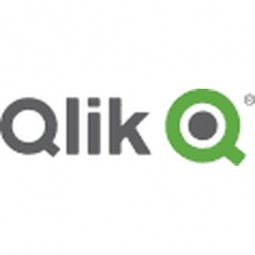Qlik
Case Studies
Crédit Agricole CIB Optimizes Value of Risk Analysis with Qlikview
Overview
 |
Crédit Agricole CIB Optimizes Value of Risk Analysis with QlikviewQlik |
Analytics & Modeling - Real Time Analytics | |
Finance & Insurance | |
Business Operation | |
Data Science Services System Integration | |
Operational Impact
| QlikView has radically changed the fixed income team's ways of working. It used to take the FIM M&C team up to a day to examine the figures to assess whether there was any risk within the parameter under scrutiny. Today, QlikView control panels and visual retrieval mean that the teams can instantly spot whether something needs to be investigated. | |
| QlikView provides the tools to explore data via its filter, focus, and drill-down functions if an abnormal situation appears. | |
| With highly flexible data navigation, QlikView analysis can be refined at different consolidation levels reflecting the fixed income markets team's organization and structure. Analysts can go from a FIM view, which is the most aggregated, to a deal view, which is the most refined. This exploration capability is essential for carrying out in-depth analysis of risk levels. | |
Quantitative Benefit
| With QlikView, the same operation now takes 10 seconds and can be repeated every day as required. | |
| Around 20 QlikView applications have now been implemented, according to need. | |


